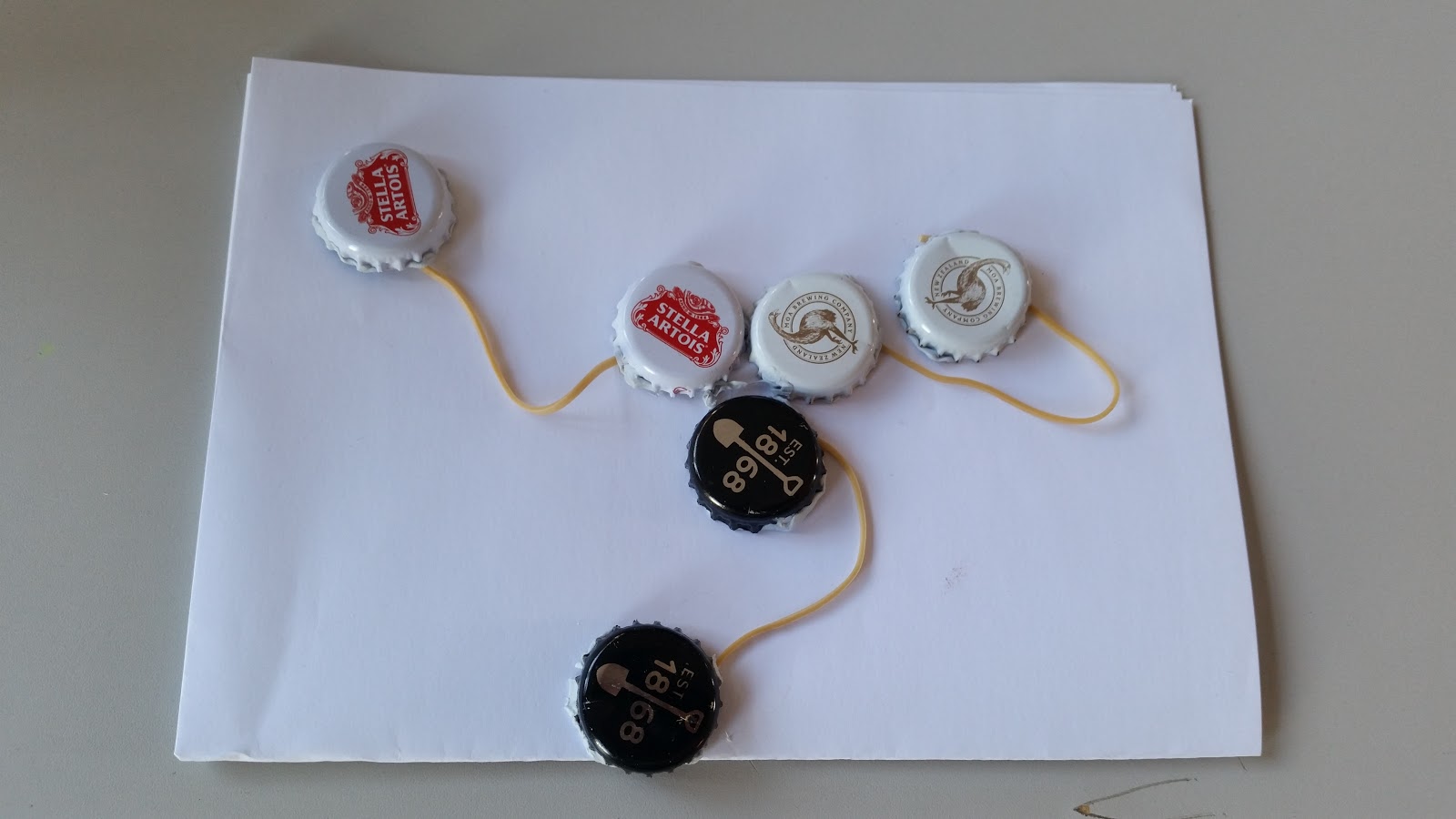Week 8 - Diffusion of Innovations and Digital Leadership & Design Thinking in the Classroom
Prior to class we were asked to watch a video about Design Thinking and reflect on the role of feedback at each stage. Design Thinking is a method for how to come up with ideas, it seems to be particularly good for complex projects and problems. It involves interdisciplinary teams, prototyping and trying out possible solutions.It is essentially a process with the following key stages and it is not really linear as it is iterative and messy, you often loop back into different parts of the process:
- Empathise - with the people, their needs and problem.
- Define - the problems, issues, needs etc.
- Ideate - explore possible outcomes and solutions. Try not to just go with initial ideas as they are probably not new, try to come up with many and let them cross pollinate. Resist the urge to defend your ideas and discuss these with the people involved.
- Prototype - some of the best ideas.
- Test - try out the outcomes with the users and stakeholders.
- Reflect - on the successes and failures and the process.
We also looked at what is involved in good quality feedback as demonstrated in the Austin’s Butterfly video. This is classic and demonstrates how powerful it is when you break down the tasks into smaller steps taken one by one, develop trust and provide very specific feedback along the way.
We then worked in pairs and followed the Design Thinking process to rapidly develop a prototype for each other that would help the other person be a better online learner. We started with getting the user story, their prior experience, needs and problems. We came up with ideas and sought feedback.
Prior to class we were all asked to bring some useless items and we used these for our final prototypes. My final idea involved my client connecting with another class member via Skype and working through the online class activities together. His home office could also have a visual board that had the due dates and deadlines to keep him focused.

My partner had also come up with something similar for me based on my needs and problems. The three bottle caps on the outside represented people connected together using the internet to do the online learning together. The paper represented the people also being the same physical location all together in the same learning space like a room or cafe etc as I like blended learning but also value the face-to-face time to discuss and reflect.

We also had a quick look at the idea of perception and sometimes you need to work through what you don’t want or need to find what exactly it is that you need or want. This is demonstrated in The Little Prince Book. When asked to draw a sheep it was never what the other person had envisioned until he drew a box and you could imagine the sheep inside the box.
Then we had a quick look at some resources for Design Thinking as there are many versions:
This lead on to looking at the 7 Pillars of Dig Leadership from the Digital Leaders book by Eric Sheninger:
So some great ideas to reflect on and have inspired me to make changes to my digital leadership practice. For example I could communicating more effectively with the stakeholders involved, I will dive into these kinds of ideas as part of my first leadership assignment.
My partner had also come up with something similar for me based on my needs and problems. The three bottle caps on the outside represented people connected together using the internet to do the online learning together. The paper represented the people also being the same physical location all together in the same learning space like a room or cafe etc as I like blended learning but also value the face-to-face time to discuss and reflect.
We also had a quick look at the idea of perception and sometimes you need to work through what you don’t want or need to find what exactly it is that you need or want. This is demonstrated in The Little Prince Book. When asked to draw a sheep it was never what the other person had envisioned until he drew a box and you could imagine the sheep inside the box.
Then we had a quick look at some resources for Design Thinking as there are many versions:
- IDEO - Design Thinking for Educators - how to toolkit for educators
- Notosh - Ewan MacIntosh’s book - how to come up with great ideas
- Hasso Plattner - Redesigning the classroom experience
- Eco innovators - Design Play Cards
This lead on to looking at the 7 Pillars of Dig Leadership from the Digital Leaders book by Eric Sheninger:
- Communication
- Public Relations
- Branding
- Student engagement/learning
- Pro growth/development
- Re-envisioning learning spaces and environments
- Opportunity
- Communicate with your main stakeholders in real time? Which Tools?
- Take control of public relations to spread positive news?
- Establish a brand presence - your professional brand, your school’s brand or even your change initiative brand?
So some great ideas to reflect on and have inspired me to make changes to my digital leadership practice. For example I could communicating more effectively with the stakeholders involved, I will dive into these kinds of ideas as part of my first leadership assignment.
